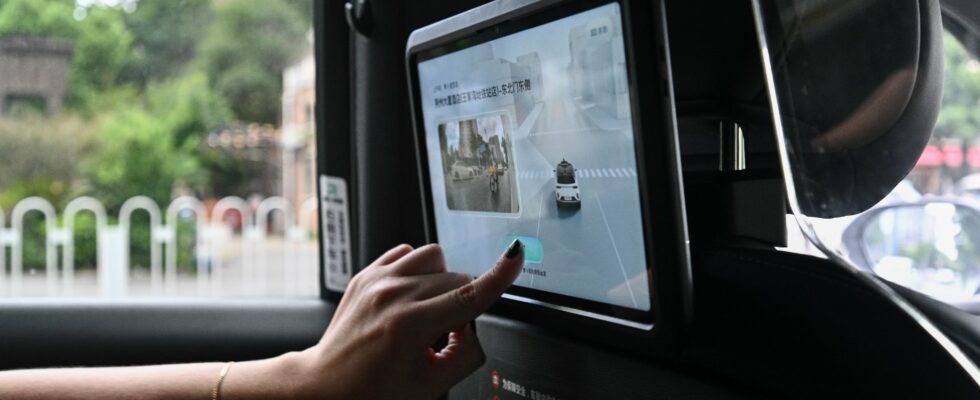How will we travel in 2035? This is the question that the International Summit on Sustainable Mobility will attempt to answer on 7 November in Brussels. In the city, in the countryside, on land, at sea or in the air, the need to decarbonise our modes of transport is now obvious in order to combat global warming. But at what pace? With what technological solutions? Within what regulatory framework?
“The mobility ecosystem is very fragmented, with divergent and competing interests. It’s not easy to get train and car players to talk to each other, for example,” notes Sébastien Spangenberger, CEO of Movin’On, a strange non-profit organization created by Michelin and which is organizing this summit. Both a think tank and a “do tank” – which does – “Movin’On is an open platform bringing together voluntary communities of interest,” explains Florent Menegaux, the tire manufacturer’s president. From Accenture to CMA CGM, including TotalEnergies, Orange, Saint-Gobain, Thalès, Vinci, Alstom, Geodis and SNCF, around thirty large companies are sharing their thoughts on the energy of tomorrow or intermodality with local authorities, port operators and universities. A way of weighing in on the debate with the European authorities when directives are being drawn up that are likely to transform entire sections of industry or services.
On the circular economy, for example, a round table will bring together the boss of Michelin and that of Macif, Jean-Philippe Dogneton, in the Belgian capital. The promise? “In 2035, repairing, reusing and recycling vehicles will be the new norm”. At first glance, we think that such a subject only concerns car manufacturers. Wrong. “The tire is considered waste today. Tomorrow, it will be a resource, because it will be made of recycled or renewable materials, explains Pierre-Martin Huet, senior vice-president in charge of sustainable development at Michelin. To structure a sector around this reuse, it will be necessary to review the national rules that currently prohibit the movement of waste from one country to another and harmonize them at the European level.”
The question of financing
Yann Arnaud, Director of Responses to Member Needs and Innovation at Macif, raises another issue. “As a car insurer, we are forced to buy new spare parts from manufacturers who shamelessly increase their prices. There is no competition in this market. However, perfectly good rearview mirrors and bumpers can be found in large quantities in scrapyards. Here too, we can set up a new sector that would identify recyclable parts, qualify them and certify their safety. At Macif, we insure 6 million vehicles and received 1.7 million claims last year. We are manufacturers. Automobile recycling also needs to rely on an industry.”
Along with a dozen other partners, Michelin and Macif are brainstorming at Movin’On within a community of interest dedicated to automated vehicles. Nothing to do with the robotaxis deployed in a few large American and Chinese cities. The ambition here is to develop driverless shuttles, running on predefined circuits, particularly in rural and peri-urban areas. Several promising experiments have taken place in Sophia-Antipolis, Châteauroux and in Val-de-Drôme. All that remains is to find funding to scale up: while the United States and China have invested several billion dollars in the development of their driverless taxis, France and Europe have only spent a few million. There is still a long way to go until 2035.
